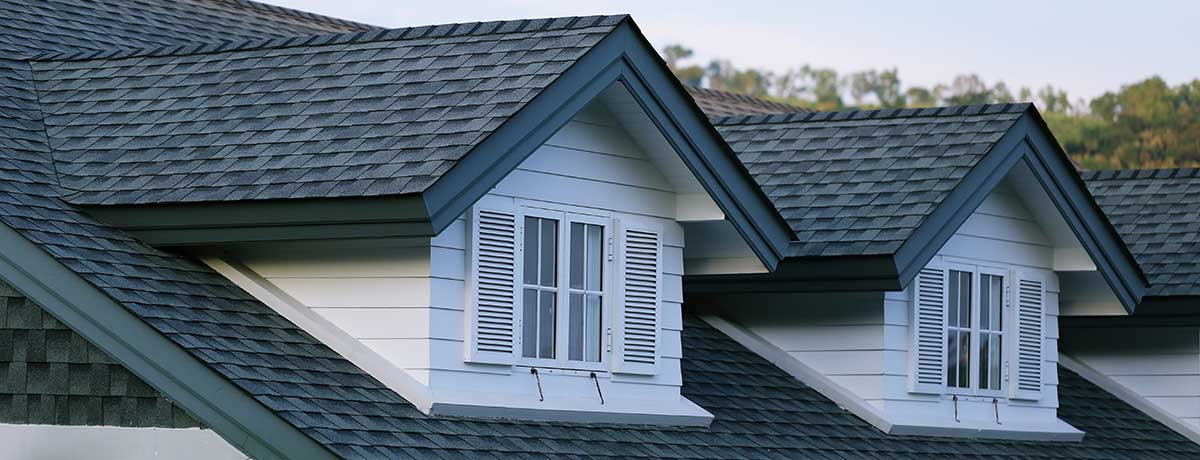Flat Roof Specialists In My Area: Professional Roof Setup And Repair Work Providers To Secure Your Home From The Components
Exploring the Spectrum of Roofing Materials
When it comes to selecting roofing materials, the alternatives stretch far beyond the familiar asphalt shingles dotting suburban skylines. Have you ever paused to question why some roofing systems gleam under sunshine while others wear a rustic beauty? The response lies more info in the product's nature, durability, and climate compatibility.
Common Roof Products
- Asphalt Shingles: The crowd favorite. Budget friendly, versatile, and reasonably simple to set up, they suit a range of architectural styles.
- Metal Roofing: Sleek and modern, metal roofs master shedding snow and rain, making them perfect for severe climate condition.
- Clay and Concrete Tiles: These heavyweights include a Mediterranean style, offering durability and fire resistance, however at the cost of extra structural support.
- Wood Shingles and Shakes: They bring a natural, timeless appearance, but require more upkeep and are more susceptible to fire.
- Slate: Elegant and long lasting, slate roofings frequently last over a century, though their weight demands precise setup.
Material Characteristic at a Look
| Material | Sturdiness | Weight | Climate Viability |
|---|---|---|---|
| Asphalt Shingles | 15-30 years | Light | Temperate |
| Metal | 40-70 years | Light to Medium | All environments |
| Clay/Concrete Tiles | 50+ years | Heavy | Hot, dry |
| Wood Shingles | 20-40 years | Medium | Dry climates |
| Slate | 75-150 years | Really Heavy | Cold, wet |
Selecting What's Right for You
Picture standing on the roof of your home, feeling the texture below your feet. Roofing Repairs. Is it the smooth coolness of metal or the rugged beauty of slate? Every product has a tale, formed by its strength and aesthetic appeal. Do you prioritize durability, or is a fast, cost-effective repair more your design? Consider the environment first-- after all, a roofing system is your fortress versus the unforeseeable impulses of weather condition
In my experience, blending functionality with individual taste typically yields the best outcomes. A roofing system is more than simply shelter; it's a statement, a guardian wrapped in layers of development and custom.
Mastering the Art of Roofing Installation Strategies
Have you ever noticed how a roof appears to breathe with your home underneath it? The secret depend on the setup methods, a craft typically ignored yet important for longevity and efficiency. When the wind shouts or the rain drums relentlessly, it's the precision of your roofing setup that stands between convenience and catastrophe.
The Subtle Dance of Underlayment and Flashing
Underlayment isn't just a layer beneath shingles; it's the unsung hero in wetness management. Numerous think an easy felt paper will do, however artificial underlayment offers exceptional water resistance and tear strength. Flashing, on the other hand, acts as the guardian around chimneys and valleys. Missing a millimeter in alignment can cause water invasion-- a pricey fault.
Secret Strategies to Nail Down
- Beginner Strip Setup: Begin with precision-- lay the starter strip thoroughly to avoid shingle blow-offs.
- Nailing Patterns: Use a staggered nailing pattern, which distributes stress and avoids shingles from buckling.
- Ventilation Positioning: Proper ridge and soffit ventilation prevents heat buildup, extending the roofing system's life expectancy.
- Ice and Water Shield: Set up along eaves and valleys to fight freeze-thaw cycles that wreak havoc in colder climates.
Professional Tips for Perfect Execution
- Always determine two times and cut once; even a sliver off can mess up the positioning.
- Use galvanized or stainless steel nails to prevent rust spots and rust.
- Consider the wind rating of your shingles and attach accordingly-- standard nails will not hold under hurricane-force gusts.
Keep in mind, the roof is more than simply a guard-- it's a complex system that needs a careful method. Ever questioned why some roofings still leak after a "expert" task? Frequently, it's the undetected details-- the subtle gaps in flashing or misplaced nails-- that unwind the entire system. Before you begin pounding nails, ask yourself: have I respected the subtleties of each roof layer!.
?. !? Distinguishing Trouble Before It Soars
Have you ever noticed a small shingle snuggling after a storm and thought, "It'll be fine"? That small ripple frequently dances alone before welcoming leaks, mold, or worse. Overlooking these early signs resembles viewing paint peel on a masterpiece-- ultimately, the canvas surrenders. Routine roof evaluations can catch these whispers of decay before they yell.
Expert Strategies to Maintain Your Roof's Lifespan
Seasonal check-ups aren't simply regular; they are the lifeblood of sturdiness. Here's how to keep your roof battle-ready:
- Clear particles quickly-- leaves and twigs trap moisture, speeding up rot.
- Check flashing around chimneys and vents; a loose seal is a silent invitation for water invasion.
- Address moss development quickly; its spores go into granules, breaking down protective layers.
- Ensure rain gutters are free-flowing; backed-up water can leak under shingles and trigger structural harm.
When Repair Develops Into Restoration
Not every leakage screams for a total overhaul. Often, a subtle spot can outsmart an entire roofing replacement. However, beware of the "band-aid effect"-- fast repairs that mask signs but do not recover the core.
Keep in mind the story of the old farmhouse roofing that was covered repeatedly? Ultimately, the house owner found out the difficult method: piecemeal repair work extended life briefly however escalated expenses throughout the years. The best call is stabilizing instant repairs with a long-term vision.
Quick Examine Table: Common Roofing Issues and Pro Tips
| Issue | Symptom | Professional Suggestion |
|---|---|---|
| Shingle Damage | Cracks, curling, granule loss | Replace in clusters, not simply singles, to ensure consistent integrity |
| Flashing Issues | Water spots around vents | Usage top quality sealants and inspect after heavy winds |
| Moss & & Algae | Green spots, slippery surfaces | Apply zinc or copper strips near ridges to avoid development |
| Gutter Blockage | Overflowing water, drooping gutters | Tidy at least twice yearly, more if surrounded by trees |
Hidden Ripples: The Ecological Footprint of Roofing
Ever stopped briefly to consider how a simple rooftop can determine the rhythm of the environment? The products chosen for roof do not simply protect homes; they cast long shadows on our world's health. Asphalt shingles, for example, while economical and popular, leach hydrocarbons that persist in soil and waterways. Could your roofing system be silently tipping the balance in your local community?
Recycling old roofing products is more than a buzzword-- it's a need. If every property owner tossed old shingles into garbage dumps, the cumulative result would be catastrophic. Instead, ingenious processes change these remnants into paving products or insulation. Such practices shrink the carbon footprint considerably, proving that waste isn't constantly waste.
Eco-Friendly Roof Techniques

- Cool roofings: Show solar radiation, minimizing heat absorption and cutting energy consumption for cooling.
- Green roofs: Vegetative layers that not just insulate but likewise soak up rainwater, lowering runoff.
- Metal roofing: Resilient and frequently made from recycled material, it can be completely recycled at end-of-life.
Yet, even the very best intentions can stumble. The production of metal roof needs substantial energy upfront-- raising the question: do we weigh preliminary effect against long-term benefits? In my years, I've seen homeowners hesitate, caught in between instant cost and future gain.
Expert Tips to Decrease Ecological Stress
- Choose locally sourced materials to slash transport emissions.
- Choose for light-colored or reflective surfaces to combat the metropolitan heat island impact.
- Include proper ventilation to extend roofing system lifespan and lower energy usage.
- Think about modular roofing parts that streamline repair work and reduce waste.
Consider it: a roofing system is more than simply shelter. It's an active individual in the energy cycle, a guardian against waste, and a quiet influencer on the environment. Do your options echo sustainability, or do they magnify ecological pressure?
 Rider Strong Then & Now!
Rider Strong Then & Now! Yasmine Bleeth Then & Now!
Yasmine Bleeth Then & Now! Suri Cruise Then & Now!
Suri Cruise Then & Now! Tina Majorino Then & Now!
Tina Majorino Then & Now! Batista Then & Now!
Batista Then & Now!